What Are the Borders of Canadian Theatre?
When actress Viola Davis accepted her Oscar earlier this year, she declared, “Art is global!”
While I agreed with her, I am also very attached to the idea of creating our own authentic Canadian culture, including our own homegrown theatre. A dash of protectionism is not necessarily an evil thing.
Not so very long ago, colonial theatre reigned on our stages, in French as well as in English. Things have changed over the past fifty years. Yet hits from New York, London, and Paris and touring Broadway plays and musicals continue to cross our borders and do very well at our box offices.
True, people do occasionally line up around the block to see Canadian works. Any Robert Lepage show sells out at lightning speed, at least in Quebec. The Newfoundland musical Come From Away has made it to Broadway, where it has won wide acclaim. The Quebec musical Les Belles-Soeurs was a huge hit in the province and well-received in France. The English version, Sisters: The Belles-Soeurs Musical, continues to make its way across Canada. (Next stop: Calgary, in October 2017.) A musical adaptation of Roch Carrier’s iconic children’s book, The Hockey Sweater, slated to premiere at Montreal’s Segal Centre in the fall, is clearly aimed at conquering our entire hockey-loving country.

The ensemble of Les Belles-Soeurs. Photo by Andrée Lanthier.
Yet regional walls, silos, and bubbles can be detected across Canada, and there’s a continuing divide between official languages. Too often our plays only get produced once, locally. And that’s it. As Canada celebrates its 150th anniversary (and Montreal its 375th), it’s time to take a closer look at Canadian theatre. Does it have its own style, its own multicultural flavour? Is it widening its audience appeal? Will it ever be as popular as hockey?
We live in a large sprawling country. Touring is expensive. Few critics travel from coast-to-coast on a regular basis. Who has seen enough to truly know what’s going on?
Recognition of Indigenous cultures and issues of diversity of race, ethnicity, gender, class, sexual orientation, disability, etc., are increasingly discussed and sometimes practised. Our theatre artists are trying, in their own way, to get the balance right. Most want to be inclusive, intercultural, and excellent at what they do. When something doesn’t work, they try again.
As a Saskatchewan-born former Montreal Gazette theatre critic who has spent most of her adult life in Quebec, I have made regular visits to Toronto and the Stratford and Shaw festivals, although I’ve explored a limited amount of theatre in the rest of Canada. Outside the country, I have visited theatre hubs such as New York, London, and Paris. But my main focus has been on Quebec productions, anglophone and francophone, some of them multilingual, a large number in Yiddish, and many that reached beyond language, including Cirque du Soleil.
Within Canadian theatre there are so many categories and files, so many genres and stellar individuals that it makes the head spin. My perspective has been heavily influenced by the international theatre festival movement of the 1980s, which lives on today in the form of Festival TransAmériques in Montreal and Le Carrefour international de théâtre of Quebec City, and the works of artists like Robert Lepage, which emerged from that movement. Dozens of subscription seasons at Montreal institutions such as Centaur Theatre, Segal Centre, and Théâtre du Nouveau Monde have left their mark. As has the wild creativity of the Montreal Fringe Festival, part of a circuit that unites the country by launching the careers of emerging artists from coast to coast, and giving them space to mingle from coast to coast.

Montreal’s Centaur Theatre. Photo by D. Meurer (CC-by-NC-2.0)
To each his or her own perspective, grounded in personal experience.
The artists I interviewed for this article are all currently working in Quebec, in English, and are quite aware that much of the rest of Canada scarcely knows they exist.
When I asked Centaur Theatre’s outgoing artistic director Roy Surette to define Canadian theatre, he narrowed it down to the plays. “I think it’s ‘Canadian content’ in a professional milieu that was written or created collectively in Canada,” he said. That point of view, he added, reflects the mandate of his new job as artistic director of Touchstone Theatre in Vancouver.
Surette’s theatre practice has been more pan-Canadian than most. Born and raised in Vancouver, trained at Studio 58, he spent ten years running the Belfry Theatre in Victoria, BC before taking over Centaur for his next decade. He brought a new awareness of BC theatre to Montreal and occasionally introduced Western actors, risking resentment from underemployed locals. As with actors, so with Canadian playwrights. “Each region has its stars,” Surette noted. He estimates that only about 20 percent of playwrights make it across the various regional borders of the country.
As Surette prepared to hand the Centaur reins over to Texas-born Eda Holmes, he was excited to be directing the Quebec English-language premiere of Quebec playwright François Archambault’s hit Tu te souviendras de moi, starring a fluently bilingual francophone, Jean Marchand. Surette first saw the play, in English, at Alberta Theatre Projects in Calgary. Later, he caught up to the original in French, starring Guy Nadon, at La Licorne, with English surtitles.

RH Tomson and Michela Cannon in Tarragon’s 2016 production of You Will Remember Me. Photo by Cylla von Tiedemann.
Many English-language translations of Quebec francophone plays get produced in Toronto, and occasionally, elsewhere in Canada. Few return to Quebec in English. Strangely, even Michel Tremblay’s Hosanna only made its professional English debut in Montreal in 2015, thanks to a small company called Tableau d’Hôte.
Another recent example of bounce-back-to-Montreal is Sarah Berthiaume’s Yukonstyle, launched simultaneously in Montreal at Théâtre d’aujourd’hui and at Théâtre national de la Colline in Paris in 2013 and presented shortly thereafter at Canadian Stage in Toronto. Last fall, the English version was finally presented by Talisman Theatre at Centaur. Talisman specializes in English translations of Quebec francophone plays. Yukonstyle is striking for its non-Quebec locale, its inclusion of an Indigenous character as well as a Japanese one, and the fact that it connected to a BC tragedy (the Pickton massacre).

Chip Chuipka, Jasmine Chen, and Justin Many Fingers in Yukonstyle. Photo by Maxime Côté.
On the Toronto “crossover” theatre front, a recent co-production of Five Faces for Evelyn Frost, by Guillaume Corbeil, was jointly presented by the Théâtre français de Toronto and Canadian Stage. The cast was bilingual and French surtitles were offered during English performances, English surtitles during French ones. In 2015, Michel Marc Bouchard’s The Divine: A Play for Sarah Bernhardt actually premiered at the Shaw Festival months before the original French version, La divine illusion, made its Quebec debut at Thèâtre du Nouveau Monde. That’s unusual.
In Montreal, bilingual and multilingual theatre and/or the use of surtitles have been around for a long time. The most fluent examples of linguistic agility often pop up at Festival TransAmériques. The Dora Wasserman Yiddish Theatre at the Segal Centre has been offering French and English surtitles for almost twenty years. Historically, it was David Fennario’s Balconville, which premiered at Centaur in 1979 and went on to tour the country and abroad, that got the bilingual ball rolling. Quebec playwright Gratien Gélinas and his wife Huguette Oligny won the hearts of Canadians by performing his 1987 romantic comedy La passion de Narcisse Mondoux in both languages across the country and in New York, too. By 1991, they had racked up a total of 630 performances. The Mirvish-produced Les Misérables, launched in Montreal in 1991, was performed in alternate nights in English or French by a bilingual musical theatre local cast. This was Quebec’s first locally produced international mega-musical. Others followed, notably Notre-Dame de Paris, with lyrics by Luc Plammondon, since translated into seven languages on its way around the world. On a smaller scale, countless independent productions mix it up with language. At the Montreal Fringe, a bilingual generation often uses “franglais.”

Five Faces for Evelyn Frost. Photo by Cylla Von Tiedemann
But none of this strikes Rahul Varma, artistic director of Montreal’s Teesri Duniya, as particularly earthshaking. To him, French/English bilingual theatre is merely a dialogue between Canada’s two dominant cultures promoted by government funding bodies. His company, inspired by Canada’s Multicultural Act, is dedicated to producing socially and politically relevant theatre “based on the cultural experiences of diverse communities.”
Teesri Duniya’s policy of multi-ethnic casting is reflected in its office team, which includes a playwright from Iran, Aki Yaghoubi. Asked what she thinks of Canadian theatre, her reply was brutally frank: “In my country, theatre reflects what is going on in the country. Here it doesn’t. That’s why people from other countries don’t go to it.”
Even Robert Lepage’s hugely popular autobiographical play 887, set in Quebec City, didn’t do much for Yaghoubi. “It just didn’t enter into my heart,” she said.
Teesri Duniya’s production of Carmen Aguirre’s The Refugee Hotel, presented last fall at the Segal Centre, dealt with the plight of Chilean refugees in 1974, and showed parallels with the Syrian refugee crisis today.
Although the Segal Centre has a special commitment to Jewish culture, artistic director Lisa Rubin aims at cultural diversity, too. Soulpepper’s production of Kim’s Convenience, by Ins Choi—the basis for Canada’s first Asian (Korean) sit-com—recently played there.
“I can wholeheartedly say it’s on my mind all the time,” said Rubin, “But I am proud to do shows that focus on Jewish culture and identity.”
At Black Theatre Workshop (BTW), artistic director Quincy Armorer, like Rubin, has a mandate to prioritize a specific community, which, within itself, has a French/English divide. For him, Canadian theatre “has to reflect my Canada. It has to be diverse, inclusive, everybody’s stories. I need to be able to see all of my Canada.” To that end, he’s trying to connect BTW more with the French-speaking black community, many of them of Haitian descent.
Armorer, who spent two seasons at Stratford, said he retains “a huge affinity for Shakespeare. But it’s not as though there’s a huge amount of roles for people like me to play there.” BTW’s latest production, Angélique, by the late Lorena Gale and directed by Mike Payette, told the story of a slave woman who was executed in Montreal in 1734 after being accused of setting the city on fire. Although this is an iconic Quebec story, French surtitles weren’t offered due to time and cost restraints. But BTW (now in its 45th season) partnered with Cité Histoire in Old Montreal to offer Angèlique walking tours, in both official languages, during the run of the play. Armorer also intends to add black queer context to the mix. “I want the LGBT community to be included in the work that BTW does,” he said, “There are many black communities.”
So many communities, so many theatre companies all searching for a congregation, or better yet a nation-wide demand for their work.
Imagine what a powerful cultural impact Canadian theatre might have if all our communities saw themselves reflected on stage through the telling of their own stories in a way that called out for the widest, most borderless empathy possible—in a non-boring, brilliantly written, innovatively directed way. (There’s the rub.)


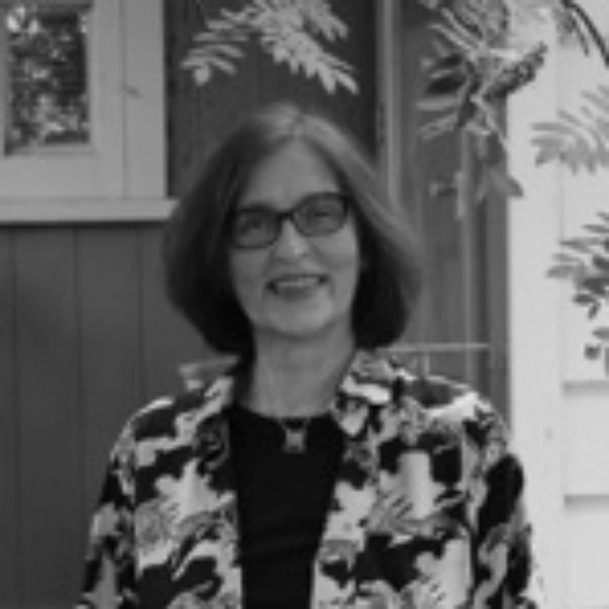
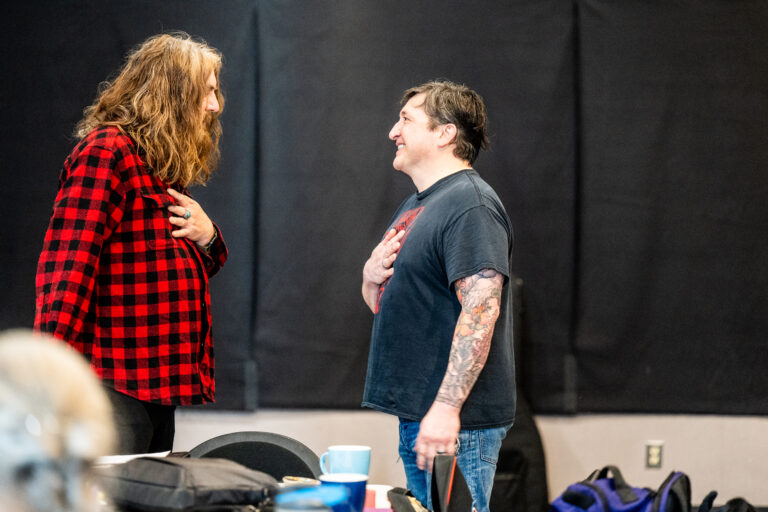
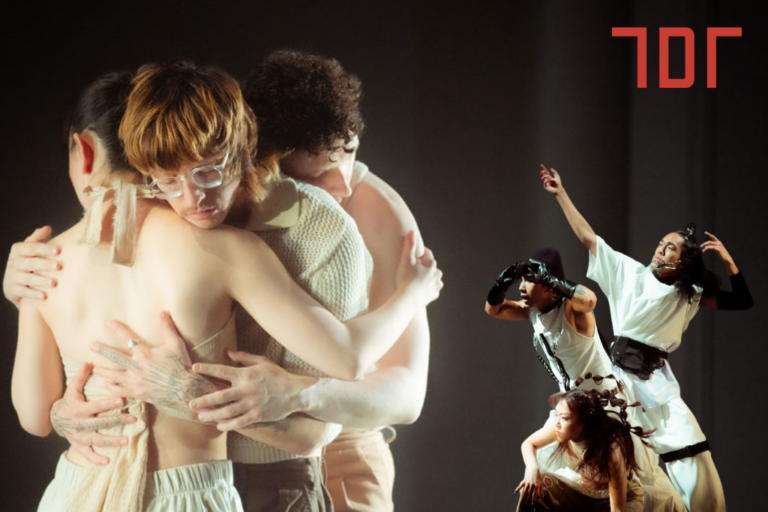
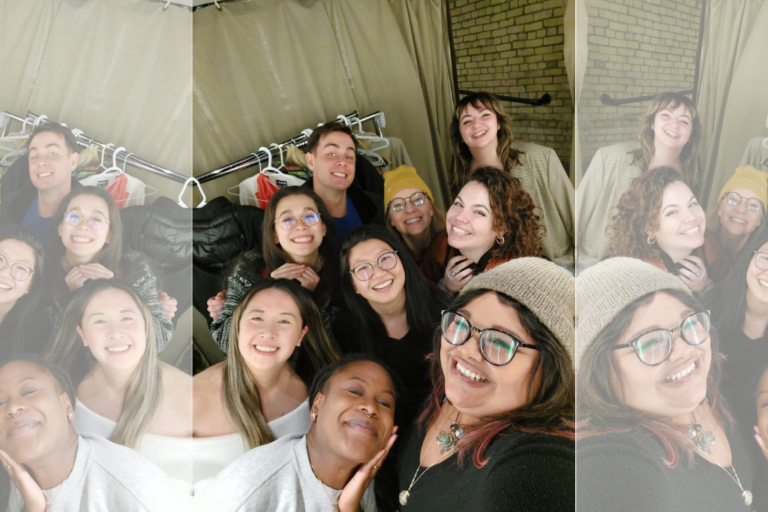

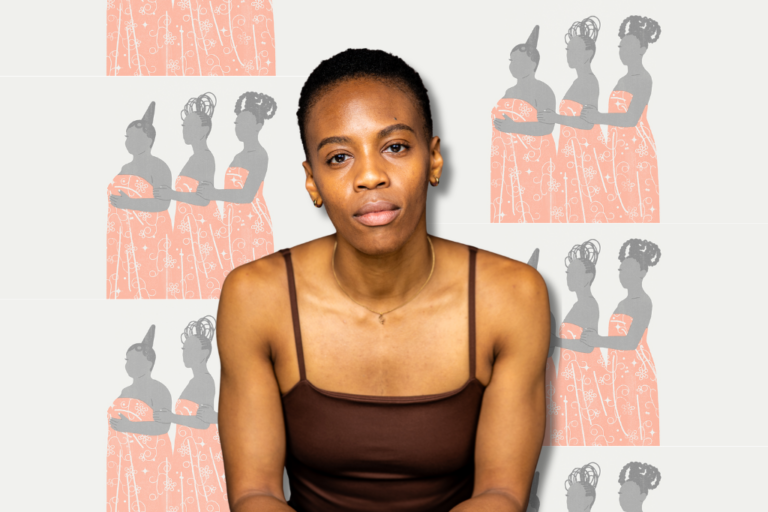
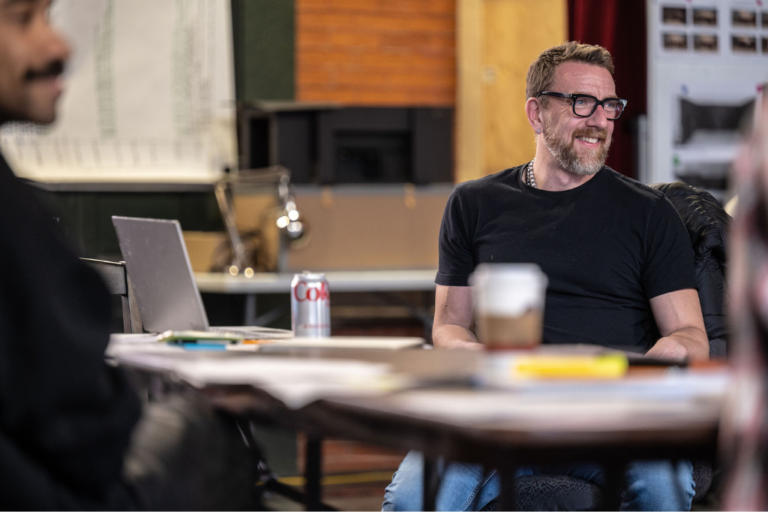
Comments